
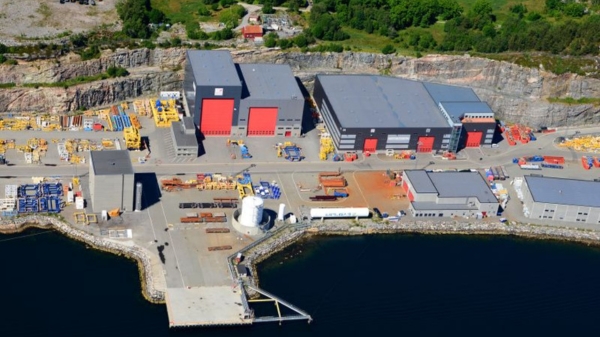
|
Molgas and NorSea Logistics reopen LNG facility in Kristiansund
The reopened facility will supply LNG and bio-LNG to dual-fuel vessels operating in Norwegian waters. |
|
|
|
||
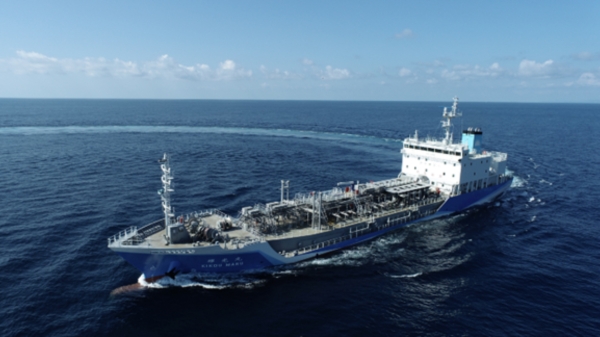
|
Hydrogen-fuelled tanker achieves top rating in zero-emission programme
Kikou Maru becomes first coastal vessel to secure financing under DBJ-ClassNK decarbonisation initiative. |
|
|
|
||
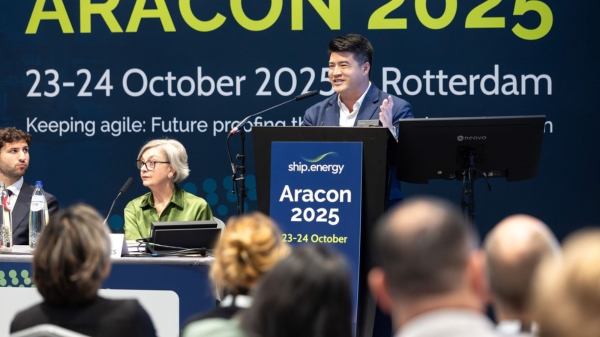
|
TFG Marine calls for ISO 22192 alignment in ARA MFM rollout
Company urges consistency as Rotterdam and Antwerp prepare mass flow meter implementation. |
|
|
|
||
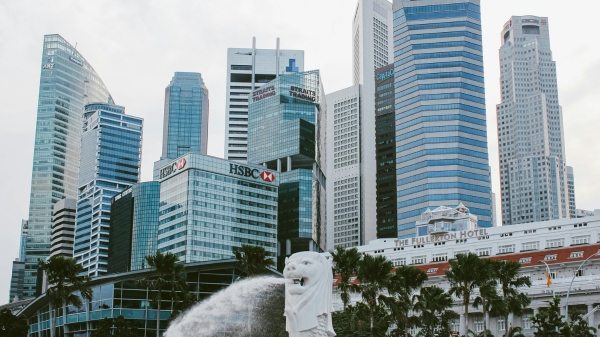
|
Peninsula renews $400m Singapore credit facility as part of $1.5bn funding capacity
Bunker supplier extends banking arrangement with eight-bank syndicate, including accordion option. |
|
|
|
||
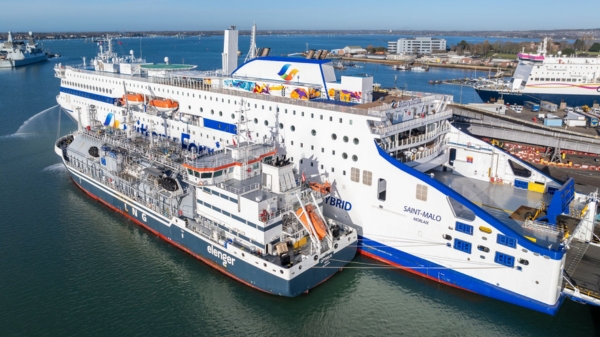
|
Titan delivers first liquefied biomethane to Saint-Malo ferry in Portsmouth
Optimus tanker supplies Brittany Ferries' vessel with biomethane at UK port. |
|
|
|
||
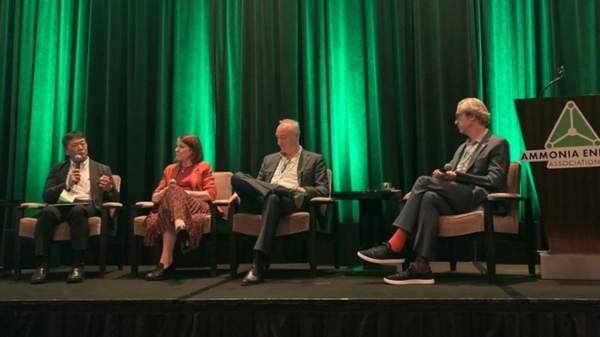
|
MOL outlines ammonia fuel strategy at Houston conference
Japanese shipping company discusses terminal acquisition and dual-fuel vessel plans at industry gathering. |
|
|
|
||
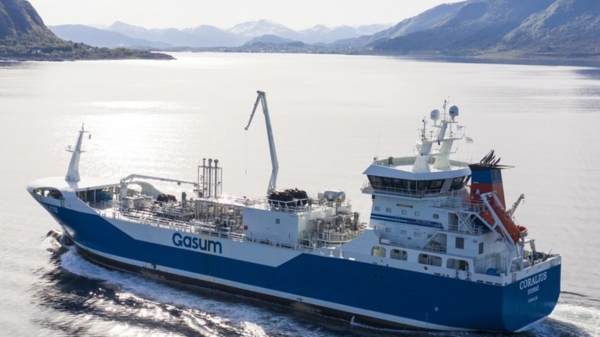
|
Gasum highlights how bio-LNG fleet generates compliance surplus
Energy firm's four gas-powered vessels generate regulatory surplus for pooling service participants. |
|
|
|
||
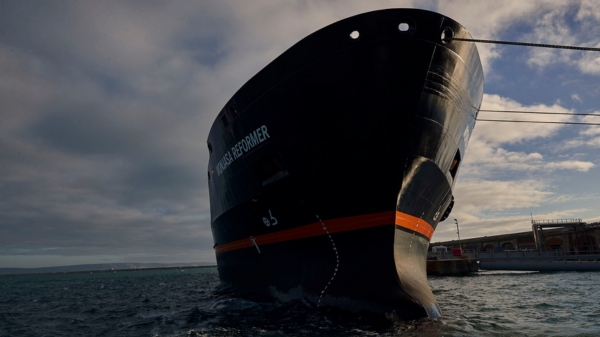
|
Monjasa secures NATO fuel supply contract across five operational areas
Danish marine fuel supplier wins one-year framework deal with two-year extension option. |
|
|
|
||
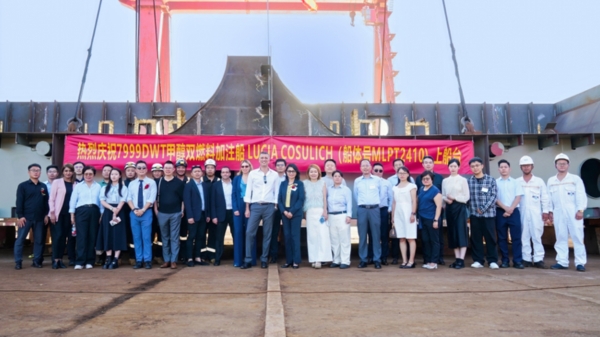
|
Fratelli Cosulich lays keel for second methanol-ready bunker vessel
Ceremony held to mark the beginning of the tanker's assembly phase. |
|
|
|
||
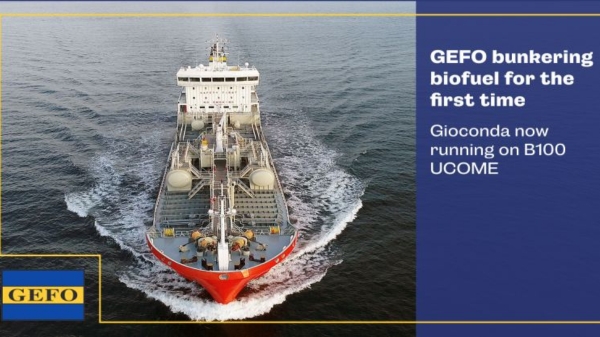
|
GEFO bunkers biofuel for first time as Gioconda runs on B100 UCOME
German shipping company takes maiden step into biofuel bunkering with used cooking oil biodiesel. |
|
|
|
||
| Fuel monitoring device launched [News & Insights] |
| 'Large orders' for emissions monitoring system [News & Insights] |
| Manufacturer welcomes EU move to monitor emissions [News & Insights] |
| Cruise line orders emissions monitoring system [News & Insights] |
| Fuel monitoring system includes piracy alerts [News & Insights] |
| 'Fuel-saving' monitoring system launched [News & Insights] |
| Agreement to install emissions monitoring system [News & Insights] |
| Monitoring system cuts fuel costs by 5 percent [News & Insights] |
| Kittiwake acquires emissions monitoring firm [News & Insights] |